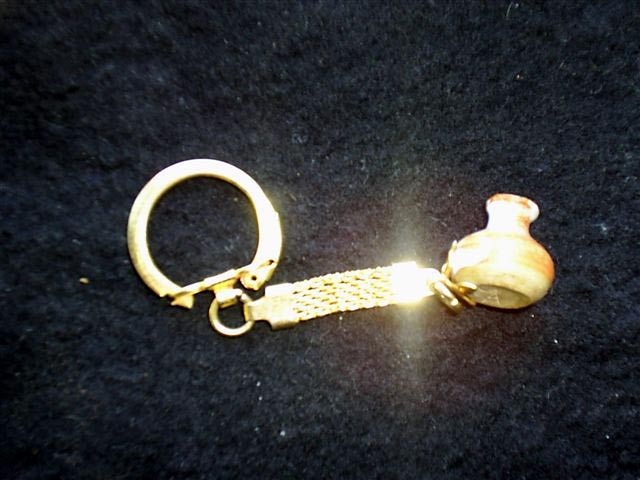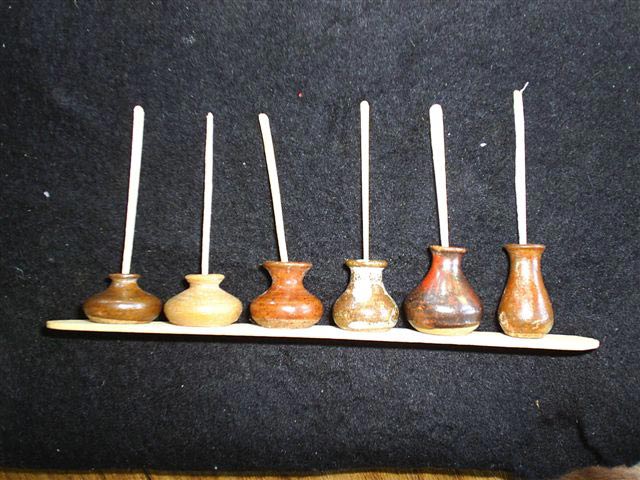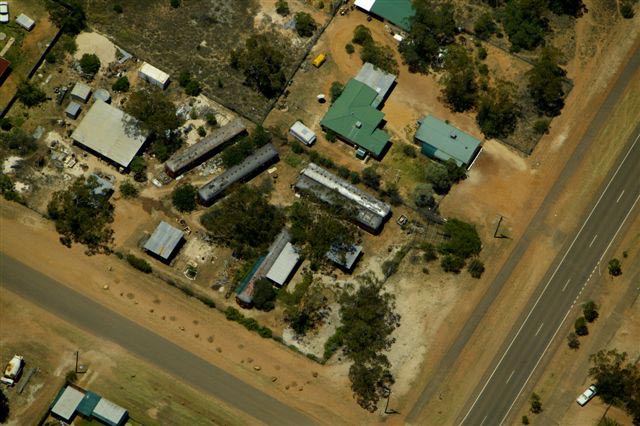


AUSTRALIAN MADE. GEMOPAL POTTERY. POTTERY FROM THE OPAL CLAY.
All my pots are handcrafted of clay dug from the world-famous black opal fields of Lightning Ridge. No other clay, or any colourant, has been added to the clay. I use lead-free stoneware glazes. The clay is reduced to a slurry with rain water, sieved through 60 mesh to extract coarse material, and hopefully, an opal or two. This fine grained clay has a high silica content, which causes problems with glazes, so a colourless flux is added to the clay to counteract the silica. The slurry is dried on plaster slabs to a plasticine state, put through a pug mill, wrapped in plastic to stay moist, and stored underground to age and sour (to gain plasticity) for at least three months before use on the potter's wheel. The clay varies from field to field in colour, silica and mineral content, and shrinkage rates.
Other problems associated with using the opal clay are a high (2%) soluble salt content, and a high shrinkage rate, which can be up to 20%. The salts can cause unsightly scumming on the pot's surface. Flat plates and tiles have a tendency to warp. The clay is the silt from an ancient inland sea, which explains why there are so many salts and minerals present. I fire different kilns, using electricity, gas, and wood. I still experiment with local materials for glazes, and clays from different fields. At present, most of my pots are made of clay from Canfells, 3 Mile and 4 Mile fields, the 15-10 survey area, and "Anderson's Folly". (My old claim, 32km - 20 miles away by road and bush track.)

GRAEME ANDERSON. P.O. Box 27. LIGHTNING RIDGE. 2834
(02) 6829 0375.
65207andon@ceinternet.com.au http://www.members.ceinternet.com.au/gemopaladsl/